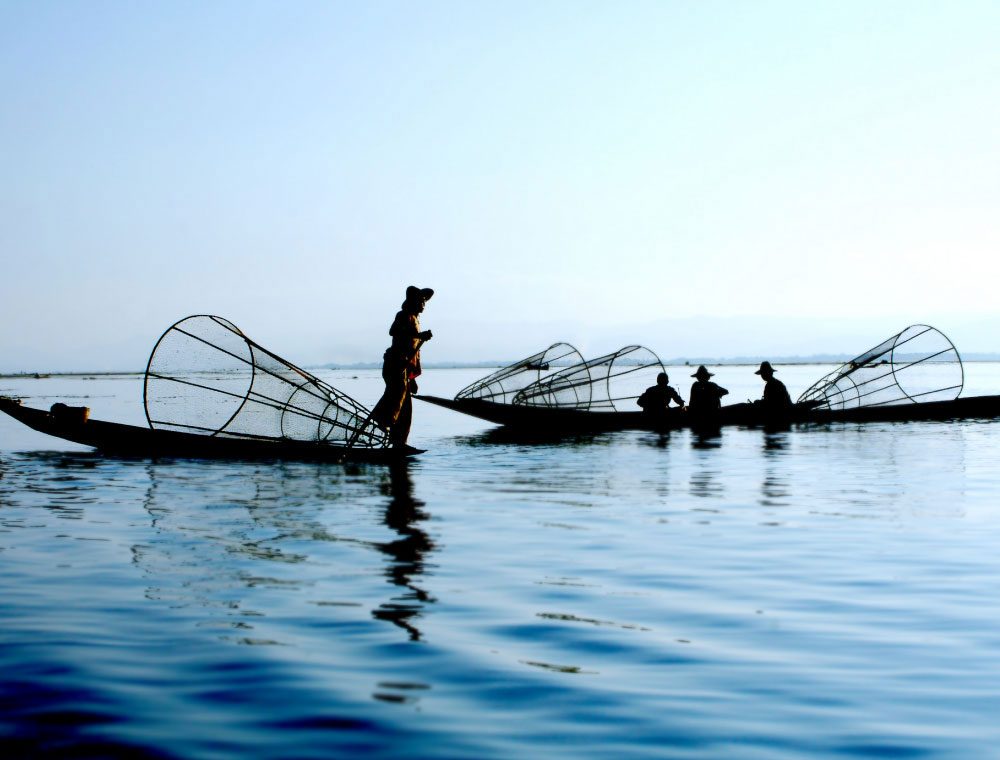Many of the temples were architectural wonders of their time and still inspire awe among visitors. There is hardly a trace of cement in the fine masonry work. The massive roofs were held up by clever use of arches and barrel vaults. The windows were arranged to throw rays of sunlight directly onto the faces of massive Buddha images within the vaulted chambers.
Today Bagan offers luxurious riverside accommodation, where after a busy day of touring the temples, guests can relax with cocktails and watch the sunset over the Ayeyarwady River. There are also many clean, family-run guesthouses that offer a more intimate taste of local life. For an unrivalled view of Bagan, hot air balloons can take visitors over the ancient kingdom in the soft light of dawn or dusk. Bagan is also famous as the centre of Myanmar’s thriving lacquerware industry. Today tourists can watch the skilled artisans as they work on the various stages of the six-month process. Much of this lacquerware is destined for souvenir shops in Yangon, and from there to the world markets.
Visitors with extra time on their hands can take half-day excursions from Bagan to Mount Popa to the east or Salay to the south. Mount Popa is the centre of nat (spirit) worship in Myanmar. A shrine at the base of the mountain holds images of the major spirits and attracts devotees from all over the country. The mountain itself is protected by a national park where visitors can hike and ride horses through the forest while on the lookout for rare birds and butterflies.
Salay is an attractive, leafy village that is home to a number of Bagan-era pagodas and old wooden monasteries, the most spectacular of which is Youqson Kyaung, dating back to the 19th century and featuring detailed carvings of scenes from the Buddha’s past lives.
